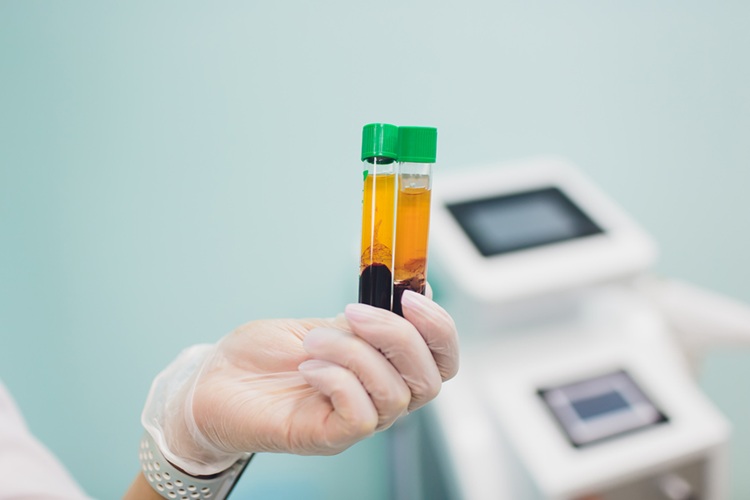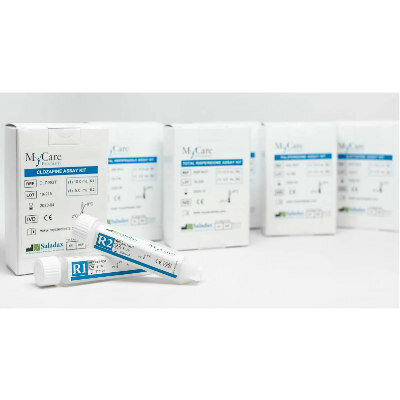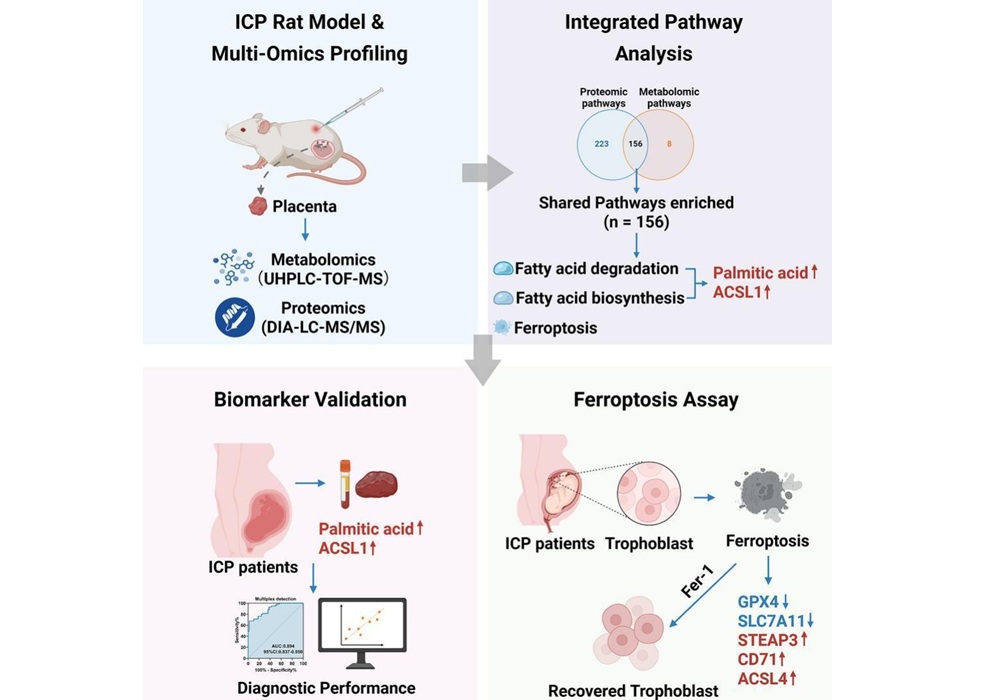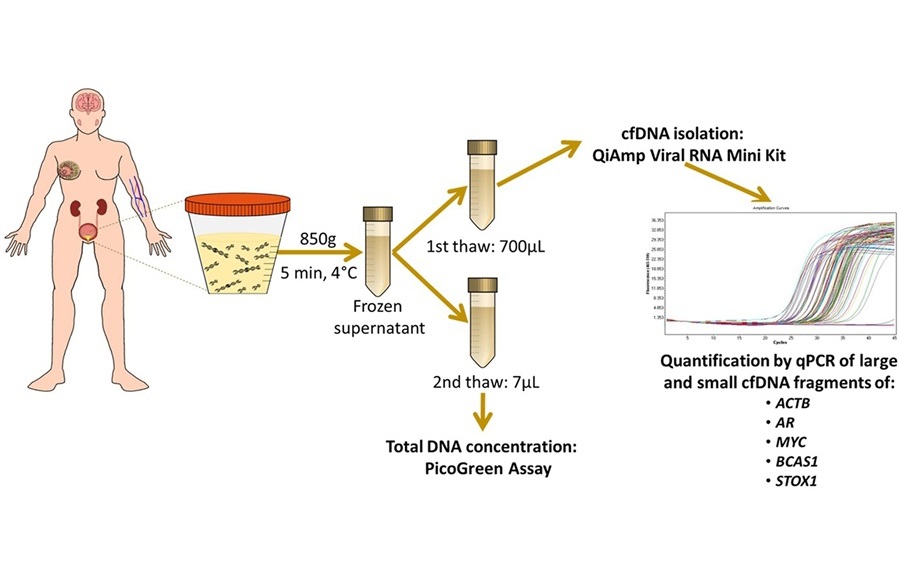New Lipid Blood Test Identifies Children at Risk of Diabetes
Posted on 20 Feb 2025
Lipids have traditionally been considered as fatty acids in the body, including the different types of cholesterol or triglycerides, which are fats found in the bloodstream and are the most common in the human body. Recent research has revealed a new connection between lipids and metabolic disorders in children, offering potential for early detection of conditions like liver disease.
A team of researchers from King's College London (London, UK) has developed an innovative blood test that utilizes lipids to identify children who may be more vulnerable to obesity-related health issues, including type 2 diabetes, liver disease, and heart disease. Current techniques, such as mass spectrometry, are used to estimate the thousands of different lipids in the body, with each lipid serving a specific function. For their study, the team examined blood samples from a control group of 1,300 children with obesity and analyzed their lipid profiles. Subsequently, 200 of these children participated in the HOLBAEK lifestyle intervention program, a widely used approach in Denmark for addressing obesity. Follow-up readings indicated that, despite limited improvements in the children's body mass index (BMI), lipid levels associated with diabetes risk, insulin resistance, and blood pressure decreased in the intervention group.

The research uncovered new lipid molecules that contribute to health risks like elevated blood pressure, showing that these lipids are not only linked to a child's weight. The researchers suggest that blood plasma testing machines, which are already in use in hospitals, could help healthcare providers quickly identify early indicators of disease in children and provide timely access to the appropriate treatment. Their findings, published in Nature Medicine, also challenge the widely held belief that cholesterol is the primary factor in obesity-related complications in children. While obesity remains a significant risk factor for conditions such as fatty liver disease, the team hopes that these lipid measurements will help doctors treat children when they are at risk, not just when they are slightly overweight compared to their peers.
"For decades, scientists have relied on a classification system for lipids that have split them into good and bad cholesterol, but now with a simple blood test we can assess a much broader range of lipid molecules that could serve as vital early warning signs for illness,” said Dr. Cristina Legido-Quigley, a group leader in Systems Medicine at King's College London, Head of Systems Medicine at the Steno Diabetes Centre Copenhagen (SDCC) and principal author. “In the future, this has the potential to be an entirely new way to evaluate someone's personal risk of disease. By studying how to change lipid molecules in the body, we could even prevent metabolic diseases like diabetes altogether."









 Analyzer.jpg)




